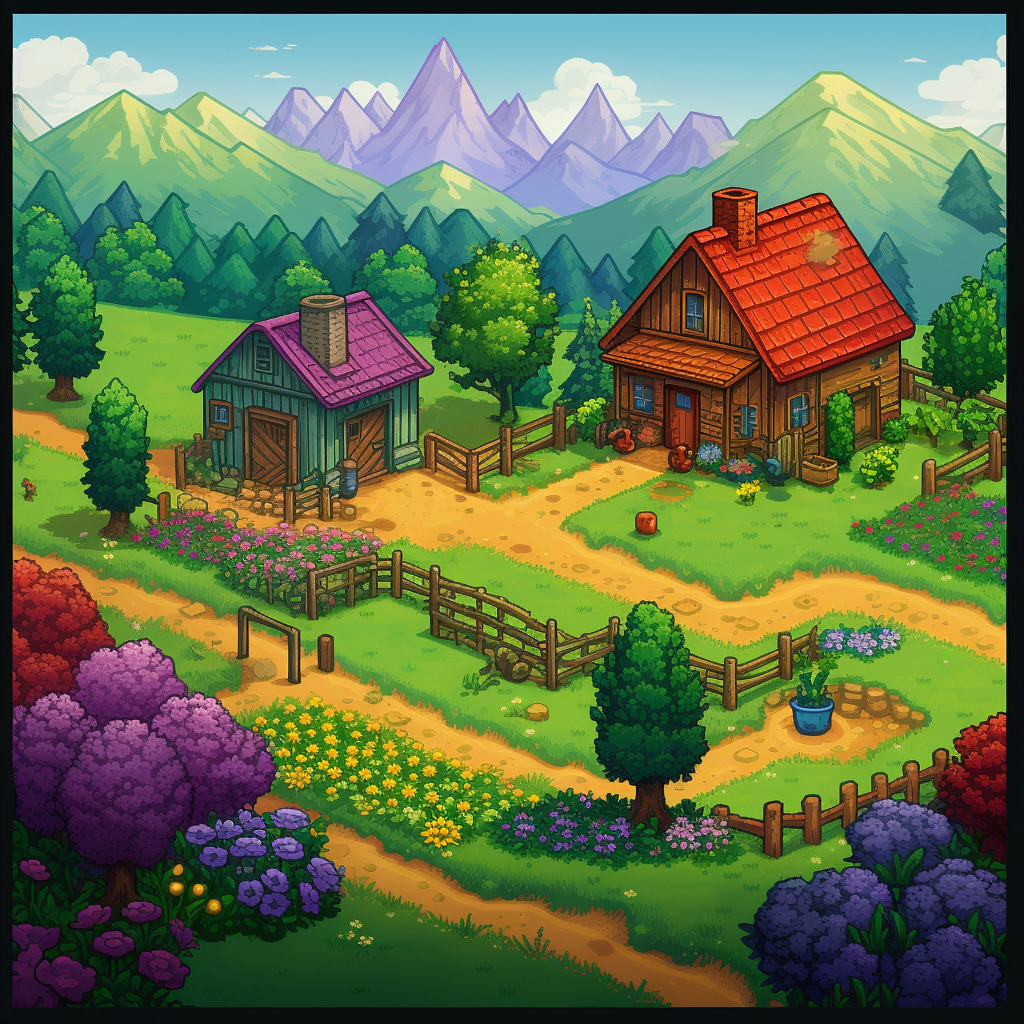
Understanding Stardew Valley’s Social Dynamics
Introduction
Stardew Valley, developed by ConcernedApe, has taken the gaming world by storm since its release in 2016. While on the surface it may appear to be a simple farming simulation game, Stardew Valley goes above and beyond to encompass the artistry, storytelling, and cultural impact that define it as more than just entertainment.
In this in-depth analysis, we will explore the social dynamics of Stardew Valley, diving into its gameplay mechanics, aesthetics, and narrative elements. We will also discuss the game’s cultural relevance and its impact on the gaming industry as a whole. Whether you are a newcomer to the world of gaming or a seasoned gamer, this article will provide valuable insights into the significance of Stardew Valley as an art form and a narrative medium.
The Gameplay Experience
At its core, Stardew Valley is a farming simulation game where players inherit and cultivate their own farm. However, what sets it apart is its attention to detail and the freedom it offers players. From the moment you step into the world of Stardew Valley, you are immersed in its charm and beauty.
The game features a dynamic and ever-changing world where the choices you make impact the gameplay experience. With each passing day, you have the opportunity to explore the expansive map, interact with a diverse cast of characters, and uncover the secrets of the valley.
One of the most captivating aspects of Stardew Valley is its social interactions. As you build relationships with the villagers, you discover their unique personalities, backstories, and dreams. With over 30 unique characters to interact with, each with their own schedules and preferences, the social dynamics of the game become a crucial element in crafting your own story within the valley.
Building Relationships
The social interactions in Stardew Valley go beyond simple greetings and small talk. Players can engage in deep conversations, give gifts, and participate in various activities with the villagers. Developing these relationships not only adds depth to the gameplay experience, but it also unlocks new storylines, events, and even potential romantic relationships.
Each villager in Stardew Valley has their own set of likes and dislikes, which influences how they respond to your actions. Understanding their preferences and finding the perfect gift can lead to increased friendship points and a stronger bond. Additionally, participating in festivals and events allows for further interactions and an opportunity to strengthen your relationships with the villagers.
It is this attention to detail and the ability to form meaningful connections with the characters that elevate Stardew Valley from a mere game to an immersive narrative experience. The social dynamics not only provide players with a sense of accomplishment and progression, but they also contribute to the overall emotional depth of the game.
Exploring the Valley
While the social interactions are a significant part of Stardew Valley, the game also offers a multitude of other activities to engage in. From farming and fishing to mining and combat, there is always something to do in the valley.
The gameplay mechanics of Stardew Valley are designed to provide a sense of accomplishment and progression. Whether it’s expanding your farm, unlocking new areas, or discovering rare items in the mines, the game offers a constant sense of discovery and growth. The mechanics are easy to grasp for newcomers, yet offer enough complexity to challenge even the most experienced gamers.
The Visual and Auditory Artistry
As an art form, Stardew Valley excels in both its visual aesthetics and auditory experience. The pixel art style, reminiscent of classic 16-bit games, creates a nostalgic and charming atmosphere that draws players in. The attention to detail in the pixel art is remarkable, with each season showcasing unique landscapes and colors that reflect the passage of time.
The soundtrack of Stardew Valley, composed by Eric Barone (aka ConcernedApe), further enhances the immersive experience. Each track captures the mood and theme of the game, whether it’s the calming melodies of a sunny day on the farm or the melancholic tunes of a rainy night. The music serves as a companion to the gameplay, setting the tone and evoking emotions within the player.
The Cultural Impact and Industry Analysis
Stardew Valley’s impact on both popular culture and the gaming industry cannot be overstated. Despite being an indie game developed by a single person, it has garnered a massive following and critical acclaim. Its success has paved the way for other indie developers to realize their creative visions and has proven that artistry and storytelling can thrive in the gaming medium.
The game’s emphasis on community, nature, and the importance of personal relationships resonates with players on a deeper level. Stardew Valley provides a sense of escapism and offers a world where players can find solace and meaning in their virtual lives. It has become a cultural phenomenon, with fans sharing their stories, fan art, and even tattoos inspired by the game.
Furthermore, Stardew Valley’s success has had a ripple effect in the industry, influencing other developers to prioritize storytelling, emotional depth, and player agency in their games. It has shown that games can be more than just mindless entertainment and can serve as a medium for meaningful experiences and self-expression.
Conclusion
Stardew Valley is a prime example of how a video game can transcend the label of entertainment and be regarded as an art form and a narrative medium. Its social dynamics, gameplay mechanics, aesthetics, and cultural impact all contribute to its significance in the gaming industry. Whether you are a casual gamer or a hardcore enthusiast, Stardew Valley offers an immersive experience that captivates, challenges, and inspires.








